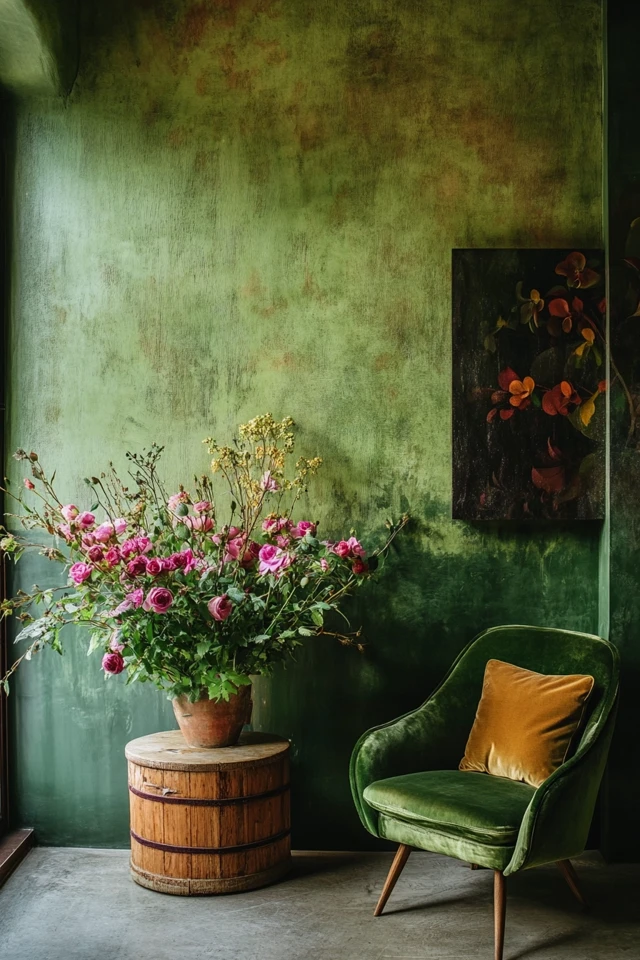Color is one of the most powerful tools in interior design. It can influence mood, create energy, or even make a small room feel larger. Whether you want your space to feel cozy, energizing, or serene, understanding how to use color effectively is key to setting the perfect vibe.
When I was designing my first home office, I underestimated how much color could impact my focus and energy. At first, I went with a plain white palette, but it felt sterile and uninspiring. Once I introduced soft blues and vibrant mustard accents, the space became a creative haven. The change was instant and undeniable!
In this guide, I’ll share tips on how to use color strategically to transform your room into a space that perfectly suits your desired mood and purpose.
1. Understand Color Psychology
Why It Works
Different colors evoke different emotions and can set the tone for your room.
How to Do It
- Warm colors (red, orange, yellow): Energizing and uplifting, ideal for social spaces.
- Cool colors (blue, green, purple): Calming and serene, perfect for bedrooms and offices.
- Neutral colors (white, beige, gray): Versatile and soothing, great as a base for any vibe.
Example:
Use soft blues in a bedroom to promote relaxation, or energize a living room with pops of orange or yellow.
2. Use an Accent Wall
Why It Works
An accent wall is a bold way to introduce color without overwhelming the room.
How to Do It
- Choose a single wall to paint or decorate with wallpaper.
- Select a color that complements the rest of the room’s palette.
- Keep other walls neutral to let the accent wall shine.
Styling Tip:
A deep emerald green accent wall behind a bed can create a dramatic yet calming focal point.
Picture Gallery
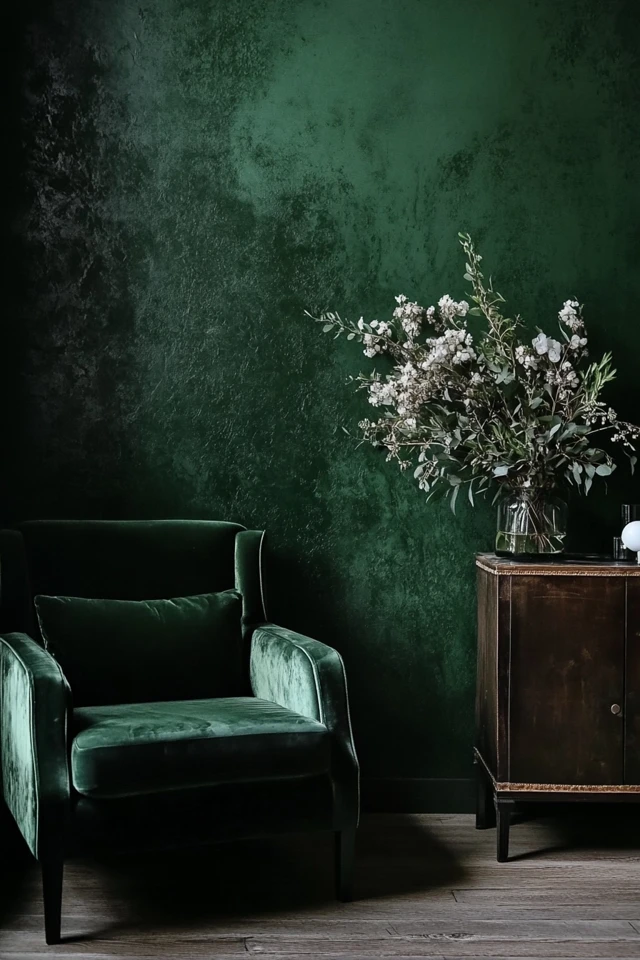
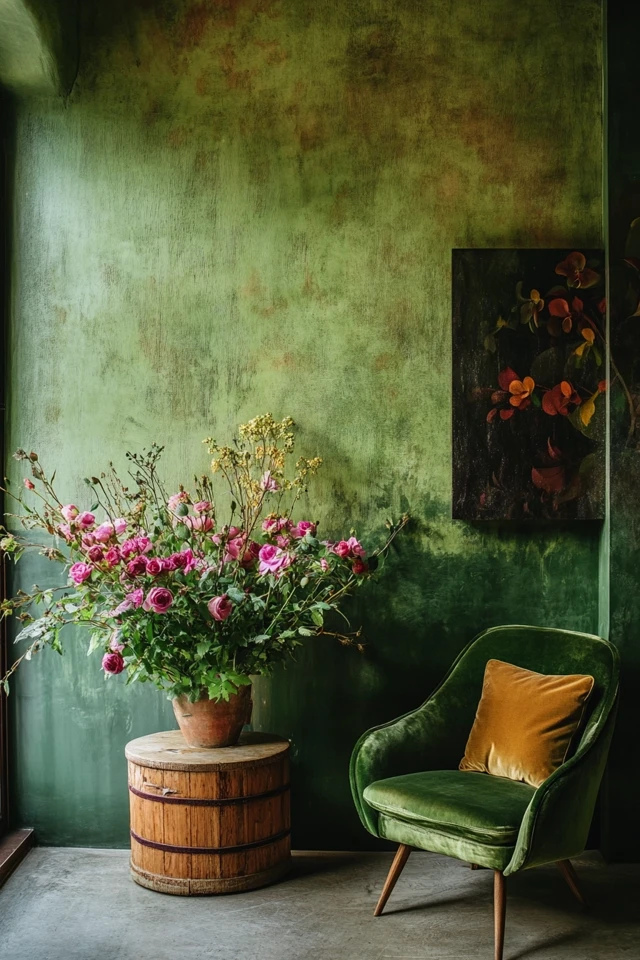
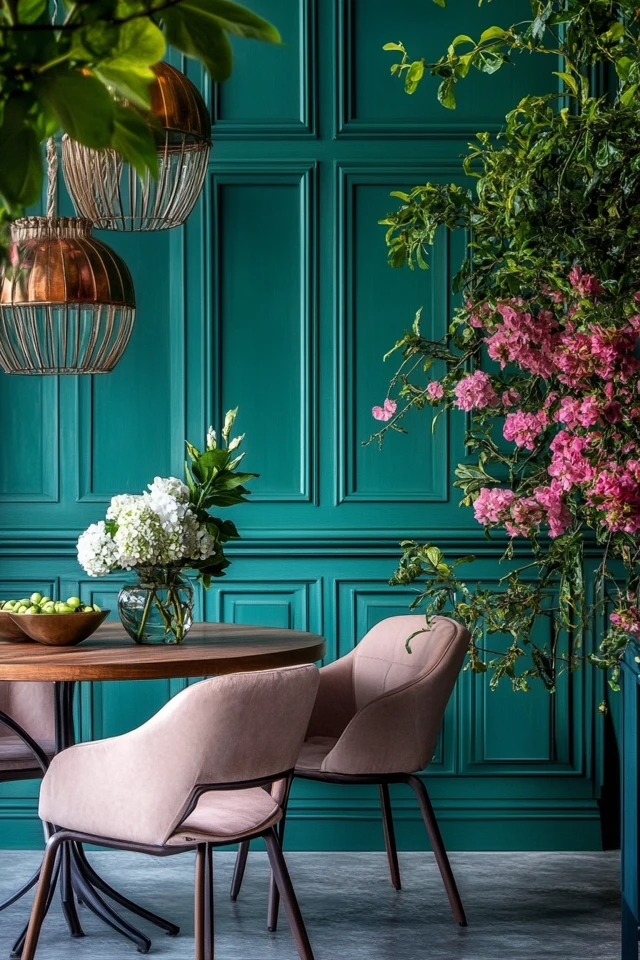
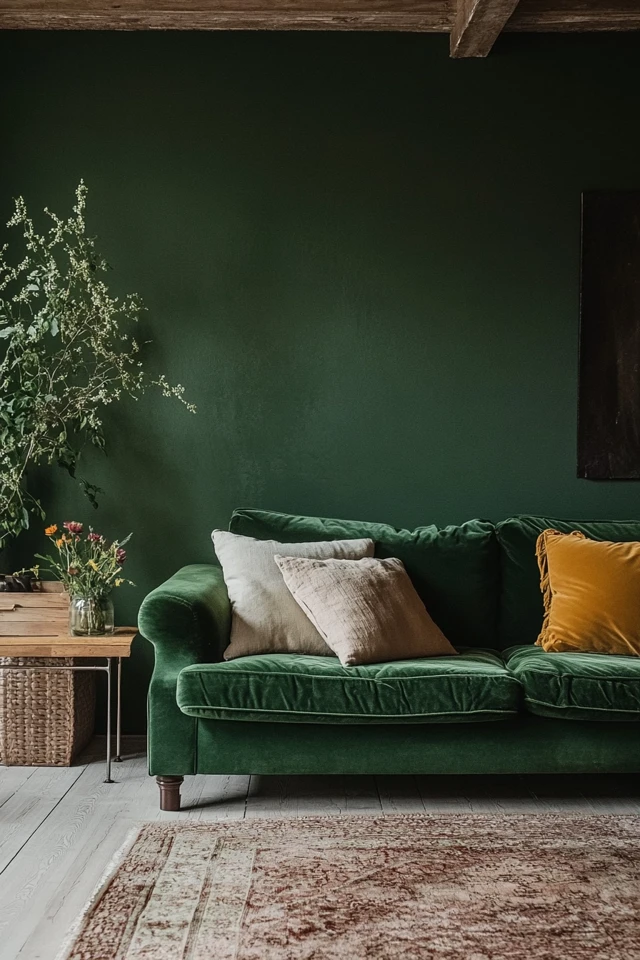
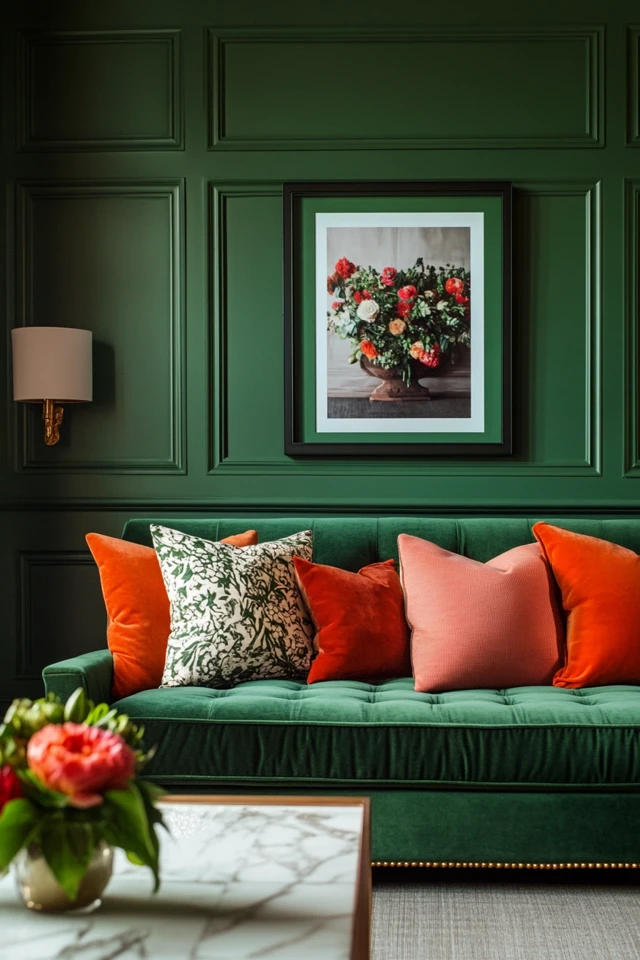
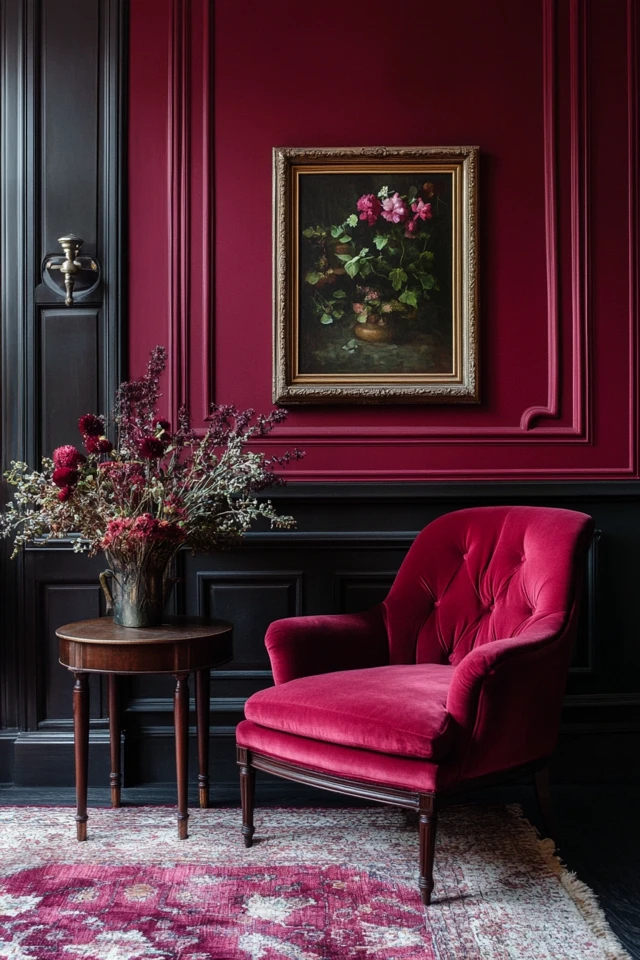
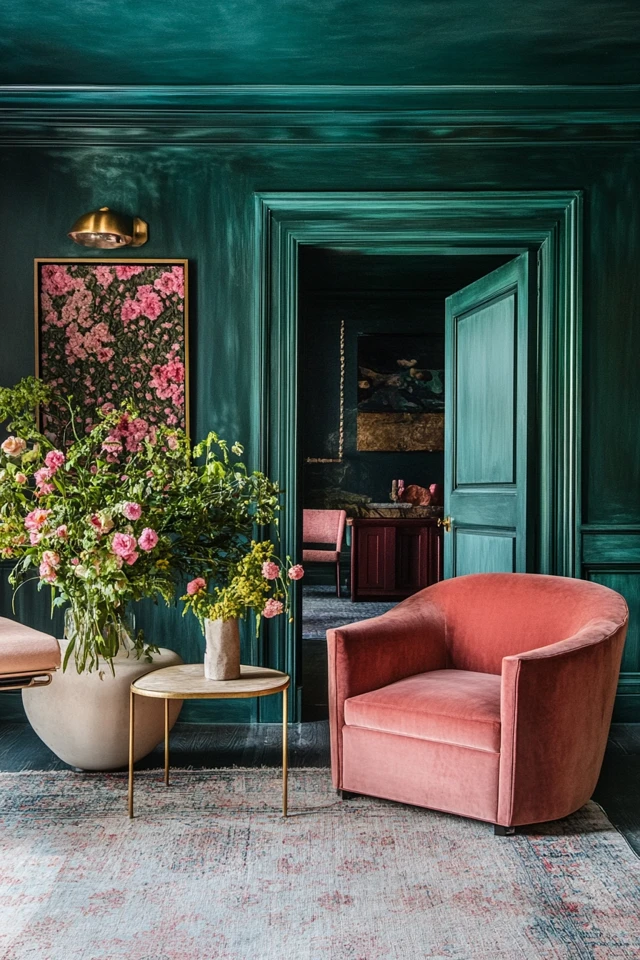
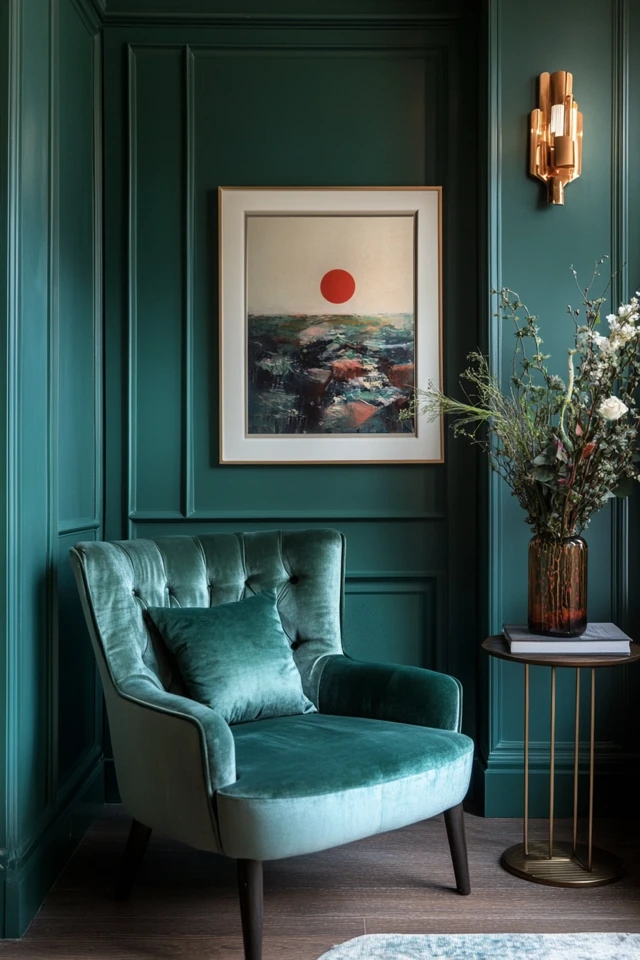
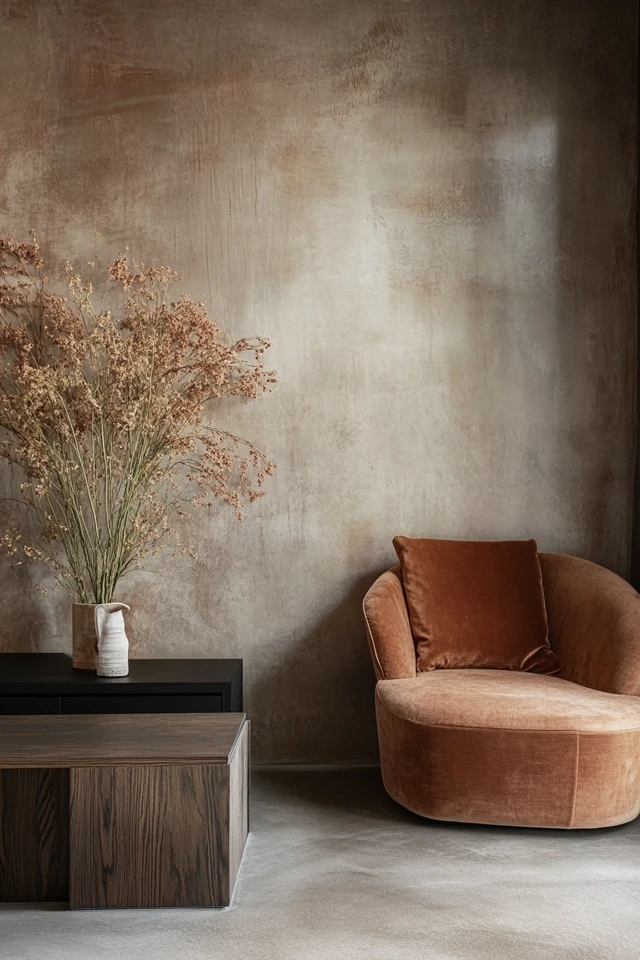
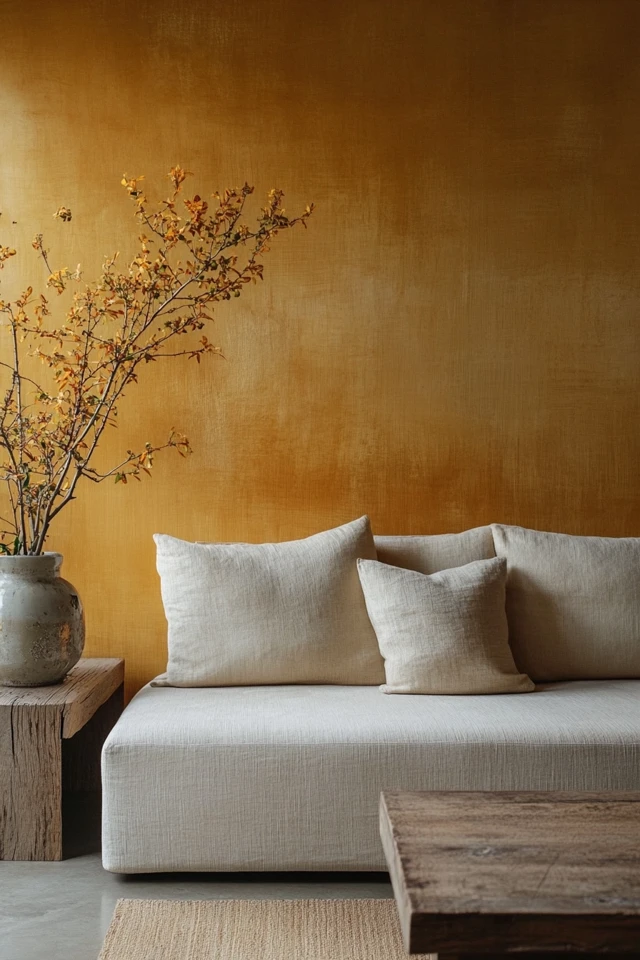
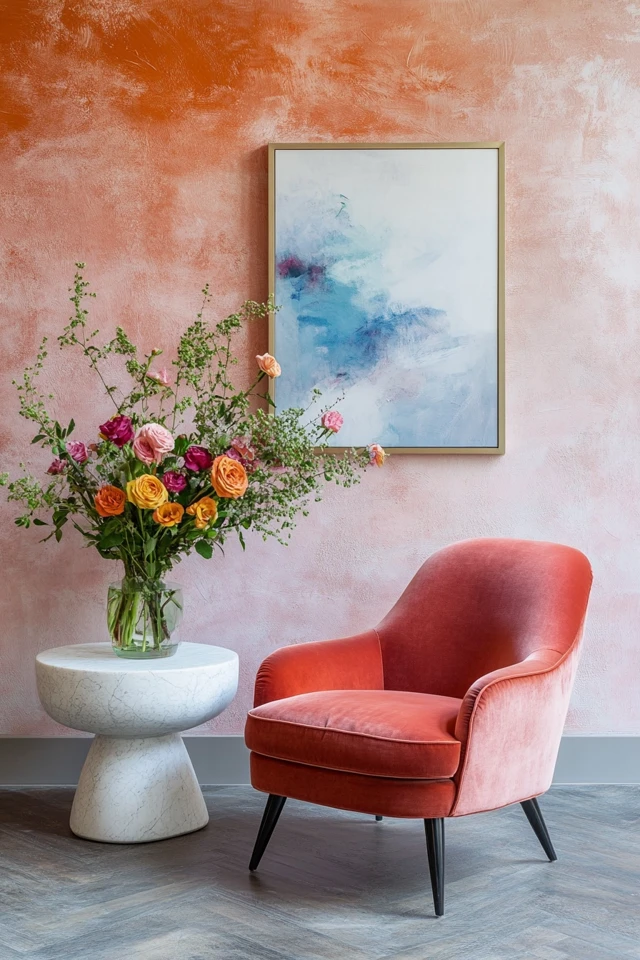
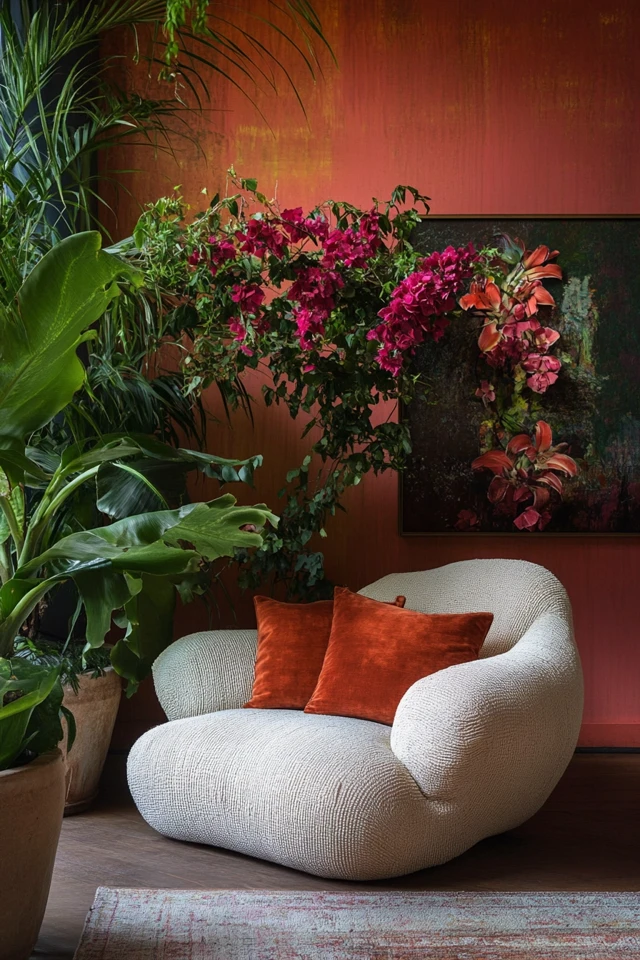
3. Create a Monochromatic Palette
Why It Works
A monochromatic scheme uses variations of a single color to create a cohesive and harmonious look.
How to Do It
- Pick one base color and use lighter and darker shades for variety.
- Add texture and patterns in the same color family for depth.
- Use accessories like pillows, rugs, or art to layer tones.
Example:
A soft gray room with charcoal accents and silver decor feels sophisticated and cohesive.
4. Pair Complementary Colors
Why It Works
Complementary colors (opposites on the color wheel) create vibrant contrast and energy.
How to Do It
- Pair bold complementary colors like blue and orange or yellow and purple.
- Use one color as the dominant shade and the other as an accent to maintain balance.
- Incorporate complementary colors in patterns or small decor items.
Styling Tip:
A navy blue sofa paired with mustard yellow cushions creates a vibrant and stylish look.
5. Use Neutral Bases with Bold Accents
Why It Works
Neutral colors create a calm foundation, while bold accents add personality and visual interest.
How to Do It
- Stick to whites, beiges, or light grays for walls and large furniture.
- Add bold colors through accessories like throw pillows, rugs, or art.
- Rotate accent pieces seasonally for a fresh look.
Example:
A beige living room with bright teal curtains and colorful abstract art feels balanced yet dynamic.
6. Play with Saturation Levels
Why It Works
The intensity of a color affects its mood—soft tones are calming, while saturated hues are energizing.
How to Do It
- Use muted or pastel tones for a soft, tranquil vibe.
- Incorporate saturated colors for bold, high-energy spaces.
- Mix both for a balanced look that doesn’t overwhelm.
Styling Tip:
Combine pastel pink walls with a bold coral rug for a playful yet calming atmosphere.
7. Layer Textiles in Different Colors
Why It Works
Textiles like throws, pillows, and rugs are an easy way to layer color and texture.
How to Do It
- Use complementary or analogous colors (next to each other on the color wheel).
- Mix patterns like stripes and florals in the same color family.
- Stick to 2-3 colors to avoid visual chaos.
Example:
A couch with navy blue cushions and a mustard yellow throw creates a vibrant yet cozy focal point.
8. Incorporate Color Through Art
Why It Works
Art is a versatile way to introduce color without committing to permanent changes.
How to Do It
- Choose large-scale art pieces to make a statement.
- Look for art that features the colors you want to highlight in your room.
- Create a gallery wall with colorful prints to add personality.
Styling Tip:
A bold abstract painting with reds and yellows adds warmth and energy to a neutral space.
9. Use Color in Unexpected Places
Why It Works
Small pops of color in unexpected spots can add charm and whimsy.
How to Do It
- Paint the inside of bookshelves or cabinets with a contrasting color.
- Add colorful trim or molding to walls for subtle accents.
- Choose colorful lampshades, knobs, or hardware for a playful touch.
Example:
A white bookshelf with a coral-painted interior creates a cheerful surprise when viewed.
10. Balance Light and Dark Tones
Why It Works
Combining light and dark tones creates contrast and makes the room feel dynamic.
How to Do It
- Use dark furniture or decor in a room with light walls to ground the space.
- Add light accents, like cushions or lamps, to brighten up darker rooms.
- Use mid-tone shades to bridge the contrast.
Example:
A dark gray wall with white furniture and light wood accents feels modern and balanced.
How to Maintain the Perfect Vibe
- Reevaluate Seasonally: Rotate colors to match the season—pastels in spring, warm tones in fall.
- Refresh Accessories: Update pillows, throws, or rugs to reflect current trends or moods.
- Test Small Changes First: Experiment with small decor items before committing to bold wall colors.
- Stick to a Theme: Avoid mixing too many color schemes to keep the room cohesive.
- Play with Lighting: Adjust lighting to complement and enhance your chosen color palette.
Conclusion
Using color to set the perfect vibe in your room is an exciting and creative process. By understanding the emotional impact of different colors, experimenting with combinations, and layering textiles and accessories, you can create a space that reflects your personality and meets your needs.
When I embraced color in my own space, it transformed not just the look of the room but how I felt in it. From the calming blues in my bedroom to the energizing yellows in my office, every hue has its purpose and impact.
Now it’s your turn! Use these tips to create a room that feels perfectly “you” and radiates the vibe you want to experience every day.
FAQ
How do I choose the right colors for my room?
Consider the mood you want to create: calming (cool tones), energizing (warm tones), or balanced (neutrals with pops of color).
What’s the easiest way to experiment with color?
Start with small decor items like pillows, throws, or artwork, or test colors with paint samples on your walls.
How can I make bold colors work in a small room?
Use bold accents against neutral walls, or limit bold colors to one wall or a few pieces of furniture to avoid overwhelming the space.
What are good color combinations for a serene room?
Soft blues and greens paired with neutral tones like beige or light gray are ideal for creating a calming vibe.
Can I mix warm and cool colors in the same room?
Yes, balance them by using one as the dominant tone and the other as an accent. For example, pair a navy blue sofa with burnt orange cushions for contrast.

